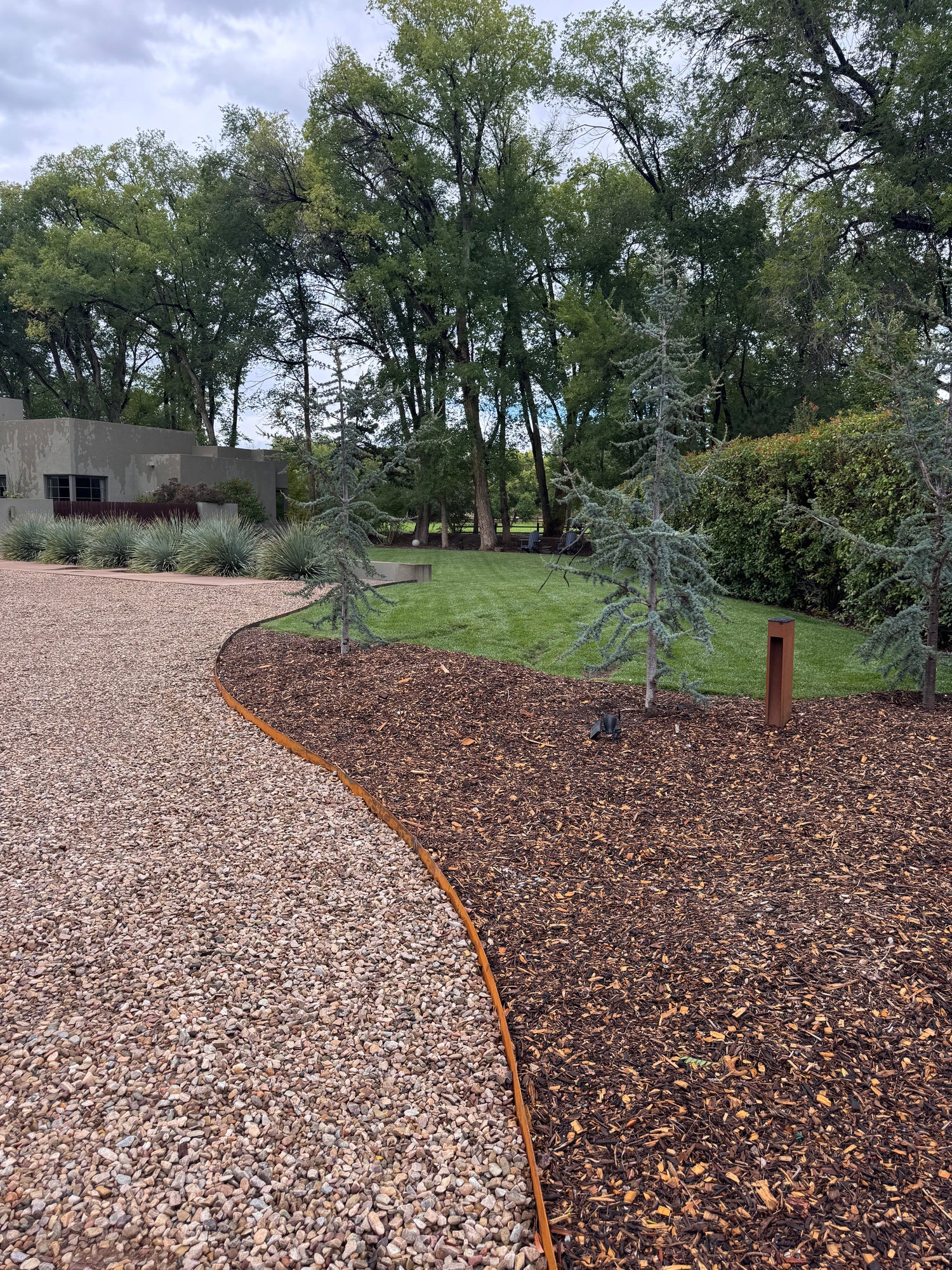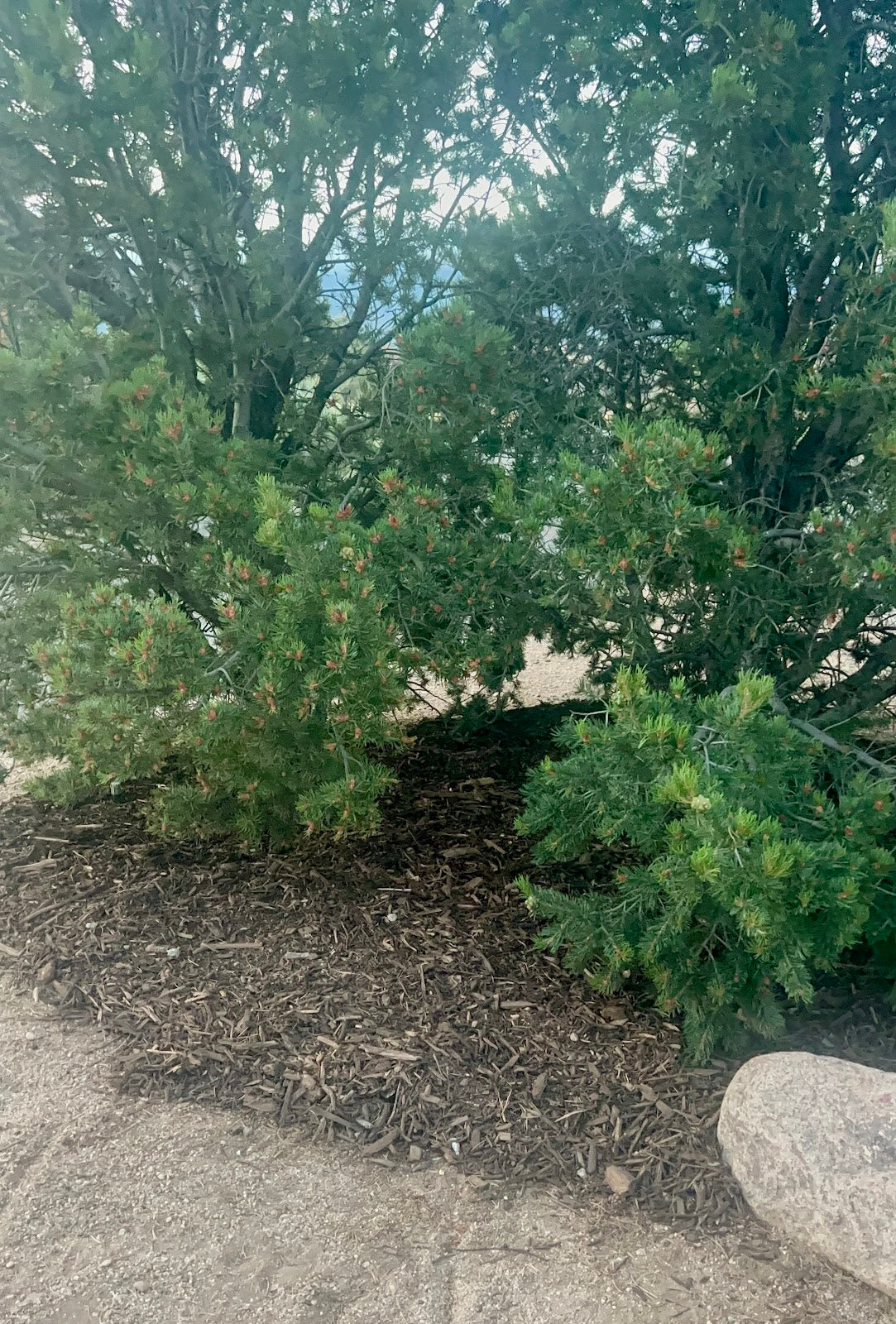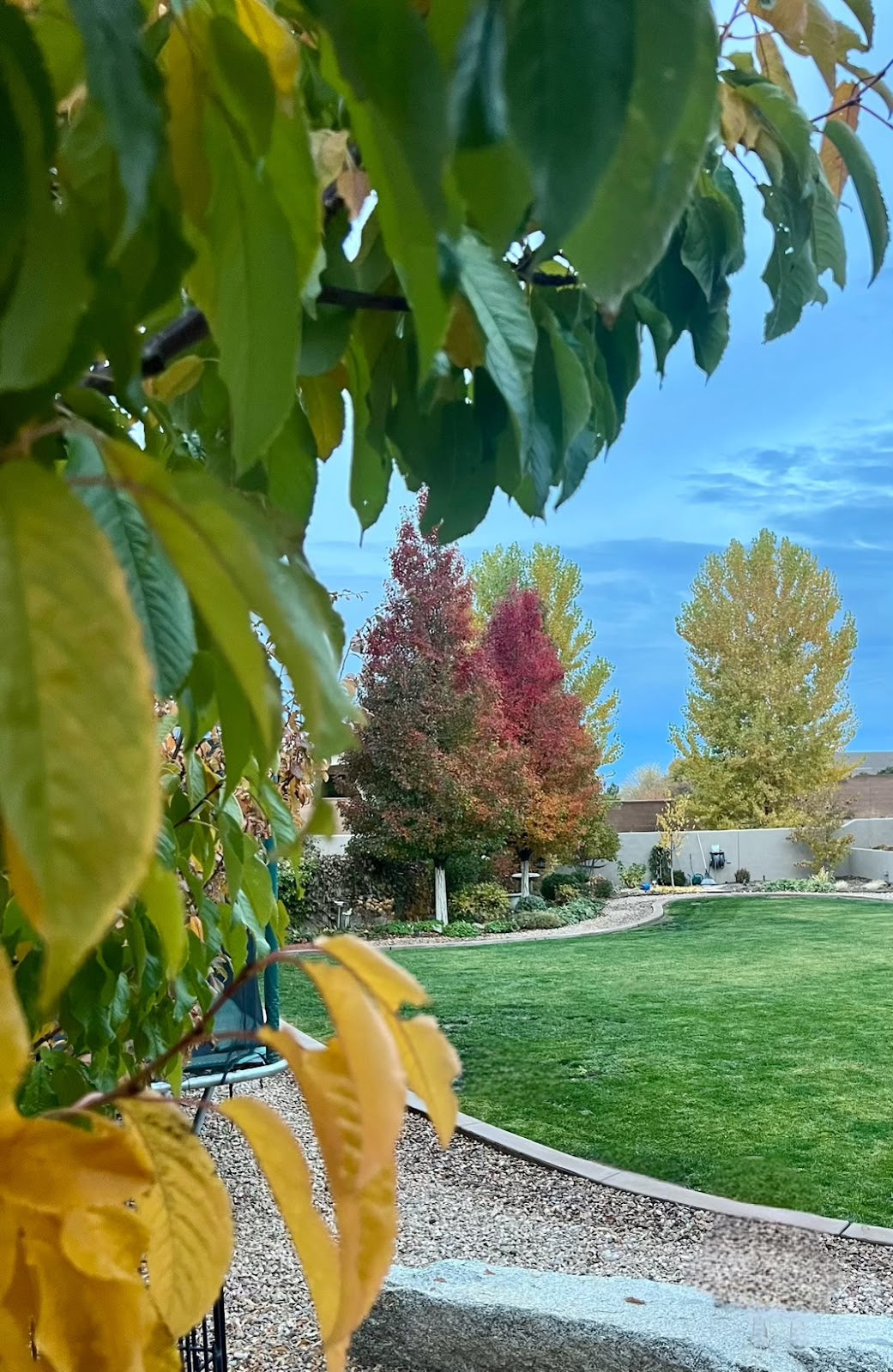by Wendy Blair, Master Gardener, @505garden
Planting garlic is one of the most rewarding crops I grow! It's an easy gardening task that is relatively low maintenance, but the results are deliciously rewarding!
This step-by-step guide will walk you through the process of planting garlic in the fall, ensuring a bountiful harvest of flavorful bulbs in the early summer. By following these instructions, you'll be well on your way to enjoying fresh, homegrown garlic.

- Use only seed garlic! Seed garlic is essentially a clove of garlic, however it is grown specifically for planting. Using “grocery store” garlic, even the organic varieties don’t usually garner the same robust harvest as seed garlic. Grocery store garlic has typically been stored for a long period of time before being sold. Non-organic garlic is also typically sprayed with chemicals to delay sprouting or control pests.
- Start with preparing a clean planting bed located in FULL SUN! For the best results, garlic requires full sun, meaning at least 6 to 8 hours of direct sunlight per day, to produce large, healthy bulbs. While the most important part of the plant is underground, ample sunlight is necessary for strong vegetative growth, which in turn fuels the bulbing process.

-
To plant garlic, select large cloves with intact papery skins and plant them pointy-side up, 2-3 inches deep in loose soil, spacing them 4-6 inches apart. Planting in nutrient-rich, well-drained soil will provide the best conditions for a successful garlic harvest. I recommend amending garden beds with 2-3” of fresh compost prior to planting your garlic. After planting, water thoroughly and add a 2” layer of mulch to retain moisture and regulate soil temperature. Plant garlic in the fall, ideally about six weeks before the first hard frost. I always aim to get mine planted around Halloween weekend!
-
Watering Garlic: During winter, watering your garlic beds is generally unnecessary if there's enough rain or snow. If precipitation is scarce, water lightly every few weeks, but avoid soaking to prevent rot. In early spring, once green shoots appear, begin watering weekly. Increase frequency as temperatures rise, keeping the soil consistently moist throughout the active growing season.
-
Garlic is a heavy feeder! After using Soilutions Compost at planting time, I add a natural, high nitrogen amendment twice during the growing cycle. I used our Soilutions Soil Food fertilizer around the base of the garlic in March and once again six weeks later in late April. You will know where you planted your garlic as you will see sprouts coming out of the soil as early as December.

(amending garlic with a high nitrogen supplement in April)
Harvest scapes off of hard neck garlic before they have a chance to flower! Hard neck garlic will form a scape, or c-shaped flower stalk out of the middle of the plant. To harvest hardneck garlic scapes, just snap or cut it off at the base of the plant. Removing the scape promotes larger bulb growth for the garlic plant. You can use harvested scapes in cooking, such as in garlic scape pesto or vegetable stock. You can also freeze them for later use. Garlic is usually ready to harvest about a month after the scape forms.

(Garlic Scape of a hard neck garlic)
Harvesting Garlic on Time: Timely harvesting is crucial for healthy garlic bulbs. Look for the lower two-thirds of the plant's leaves to turn yellow or brown. At this point, stop watering your garlic beds and wait one to two weeks before digging up the bulbs. If you're eager, you can dig up a single plant to check its development. Allowing the soil to dry out slightly will also make harvesting easier.

When it's time to harvest, gently dig around the base of the plant to loosen the bulb, then pull it out. Shake off any excess soil – do not rinse with water! Rinsing can lead to rot and shorten the bulb's storage life. You can gently brush off remaining soil.

Important Tip: Leaving garlic in the ground for too long can cause the protective papery wrappers to disintegrate. This results in split bulbs with separated cloves, making them unsuitable for long-term storage.
After harvesting, garlic requires a curing period, which is vital for long-term storage. This process enhances the garlic's flavor, extends its shelf life, and makes it easier to peel. Curing also allows the stem to dry and seal the bulb, preventing rot and mold. To cure garlic, place it in a cool, dry place away from direct sunlight for 3-4 weeks to ensure optimal storage. Once cured, the stalks can be removed, leaving just the bulb.
 (Garlic curing in the garage)
(Garlic curing in the garage)
Store your garlic in a cool dry place with good ventilation, such as in a pantry in a mesh bag or basket. Do not store whole garlic bulbs in the refrigerator because the high moisture and cold temperatures cause them to sprout and spoil faster, leading to a bitter taste and mold. Refrigeration is only recommended for peeled or processed garlic for short-term storage.





